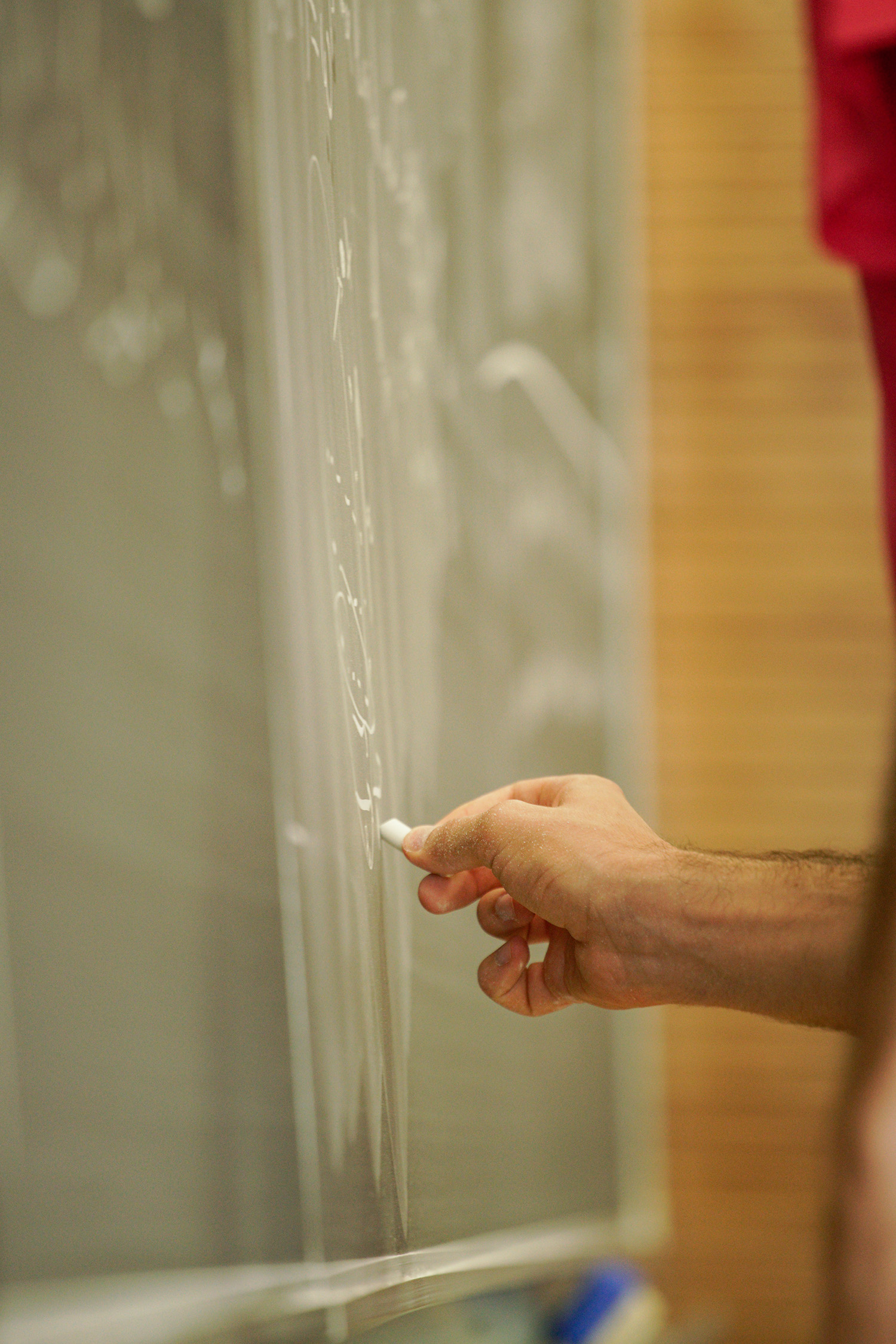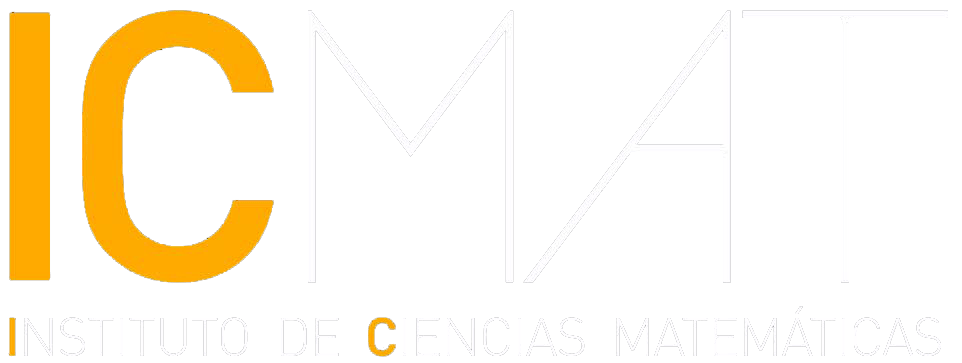Pablo Candela (UAM-ICMAT) and Balázs Szegedy (Alfréd Rényi Institute of Mathematics) are the authors of ‘Nilspace Factors for General Uniformity Seminorms, Cubic Exchangeability and Limits’, published in Memoirs of the American Mathematical Society.

Image: Íñigo de Amescua/ICMAT
This work unifies two principal results stemming from Szemerédi’s theorem. This theorem, proved by Szemerédi in 1975, guarantees the existence of arbitrarily long finite arithmetic progressions in any set of integers of positive upper density. The impact of this result has been profound, notably via the interactions that it has generated between diverse mathematical areas. In particular, Furstenberg’s famous alternative proof of Szemerédi’s theorem (1977) initiated a vibrant exchange between combinatorics and the theory of dynamical systems. Another landmark in this topic is the effective proof of Szemerédi’s theorem given by Gowers in the late 1990s. One of the outstanding aspects of this proof is the introduction of new analytic tools, known as the Gowers norms (or U^d norms), which led to a generalization of classical Fourier analysis. In the classical theory, a function on a compact abelian group is decomposed into fundamental harmonics (the Fourier characters) whose underlying structure is based on the circle group. The smallest of the Gowers norms, the U^2 norm, is closely related to this classical theory. However, the U^d norms of higher order (i.e. for d > 2) cannot be analyzed in terms of classical Fourier characters, requiring instead more subtle underlying objects, such as nilmanifolds. This motivated the above-mentioned generalization, a theory known as higher-order Fourier analysis, which includes as a central result the so-called Inverse Theorem for the Gowers norms, proved first in the integer setting by Green, Tao and Ziegler in 2010.
Parallel to this, the aforementioned exchange between combinatorics and dynamical systems continued to unfold, with highlights in the 2000s including the work of Host and Kra, proving the Ergodic Structure Theorem, which establishes a deep connection between nilmanifolds and certain counterparts of Gowers norms in ergodic theory (the Host–Kra seminorms for measure-preserving systems). Intriguing analogies between the Ergodic Structure Theorem and the Inverse Theorem for Gowers norms led to a desire for a conceptual framework that could unify these two results. The paper of Candela and Szegedy offers such a framework, based on new measure-theoretic structures called cubic couplings. The Gowers norms and the Host–Kra seminorms are all obtained from cubic couplings. A general structure theorem is proved which describes cubic couplings as essentially coming from underlying algebraic and topological objects called compact nilspaces, a generalization of nilmanifolds introduced by Szegedy and Antolín Camarena. From this theorem, one can then deduce and extend the Inverse Theorem for Gowers norms and the Ergodic Structure Theorem.
Reference: Candela P, Szegedy B. Nilspace Factors for General Uniformity Seminorms, Cubic Exchangeability and Limits. Memoirs of the American Mathematical Society. 2023;287(1425). doi:10.1090/memo/1425
